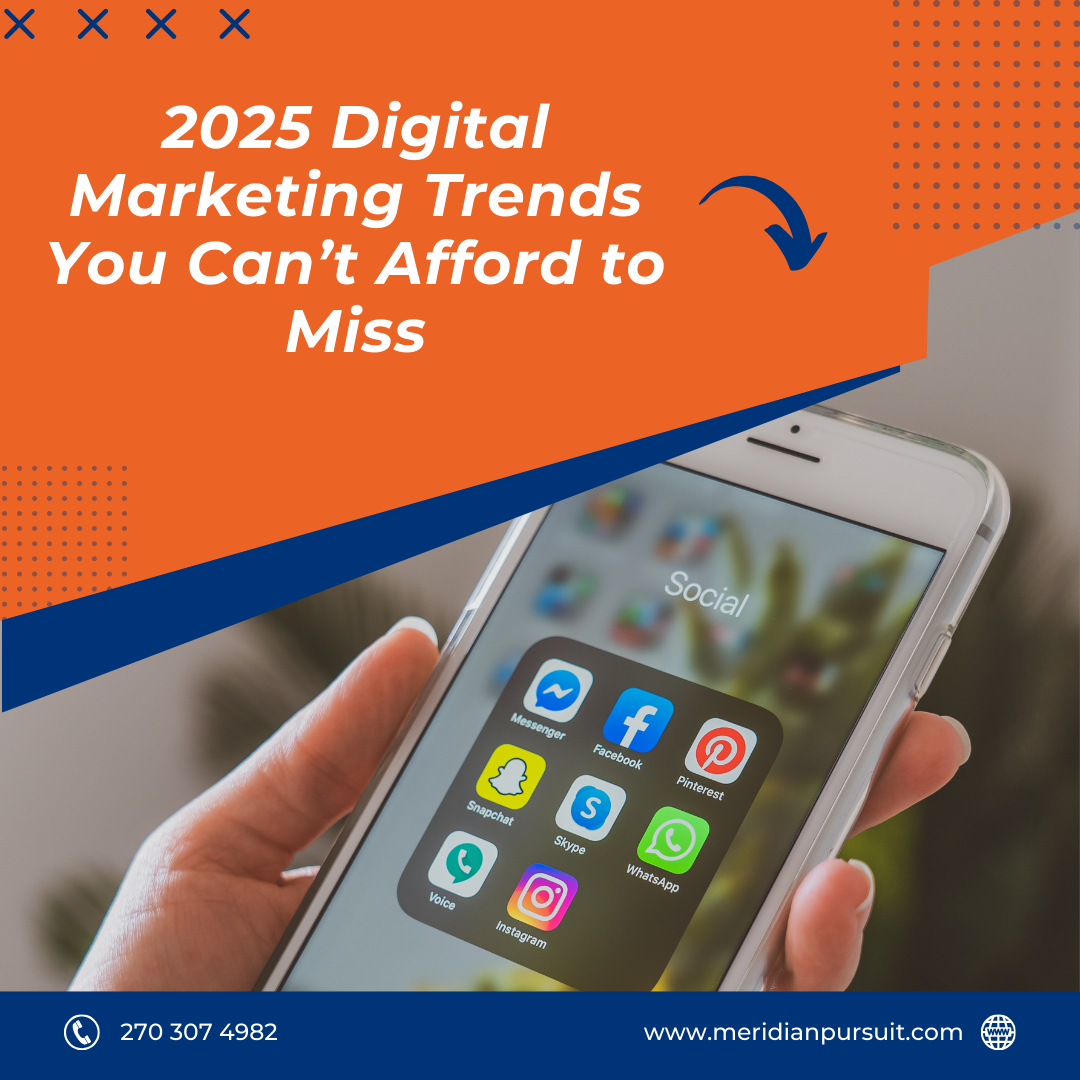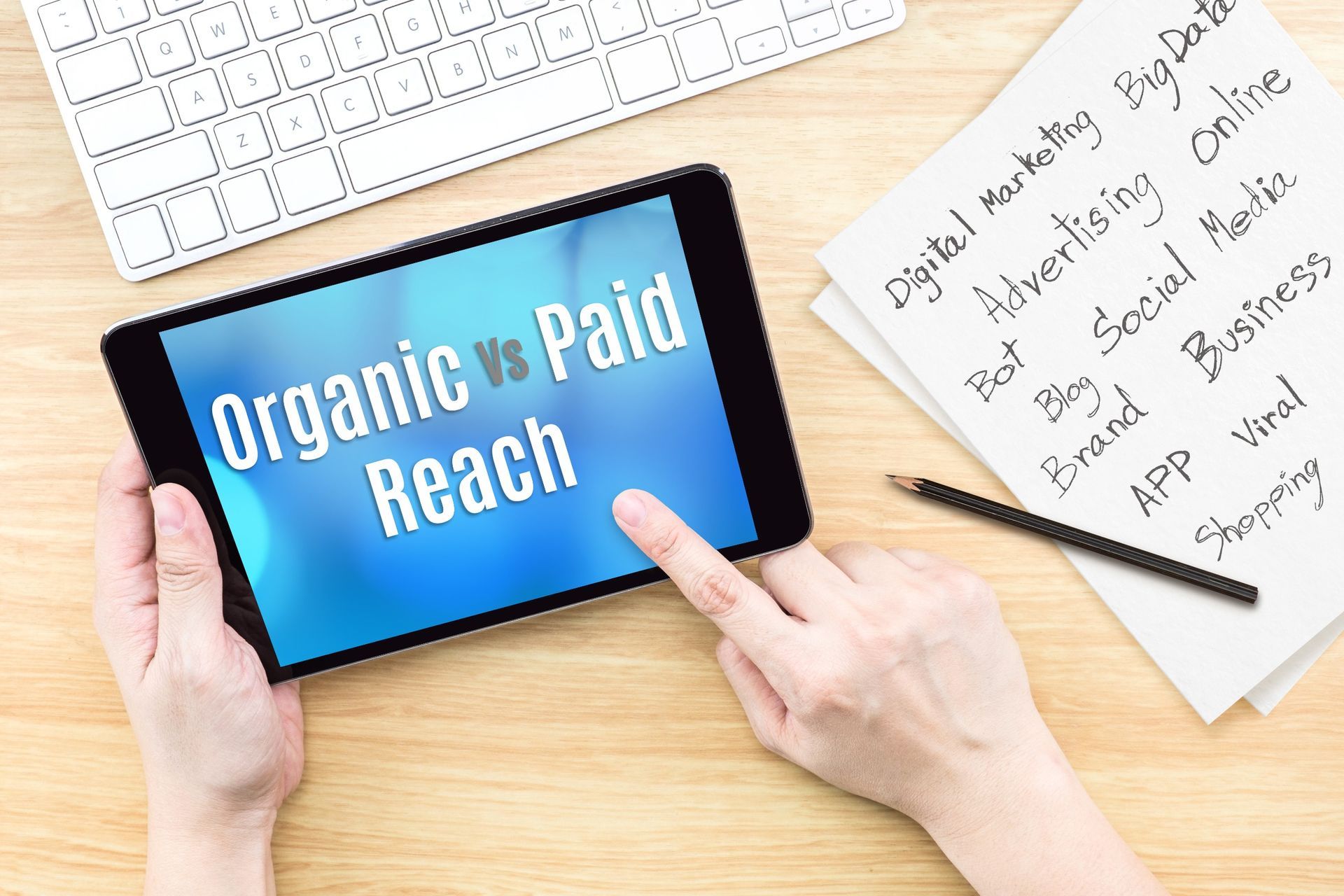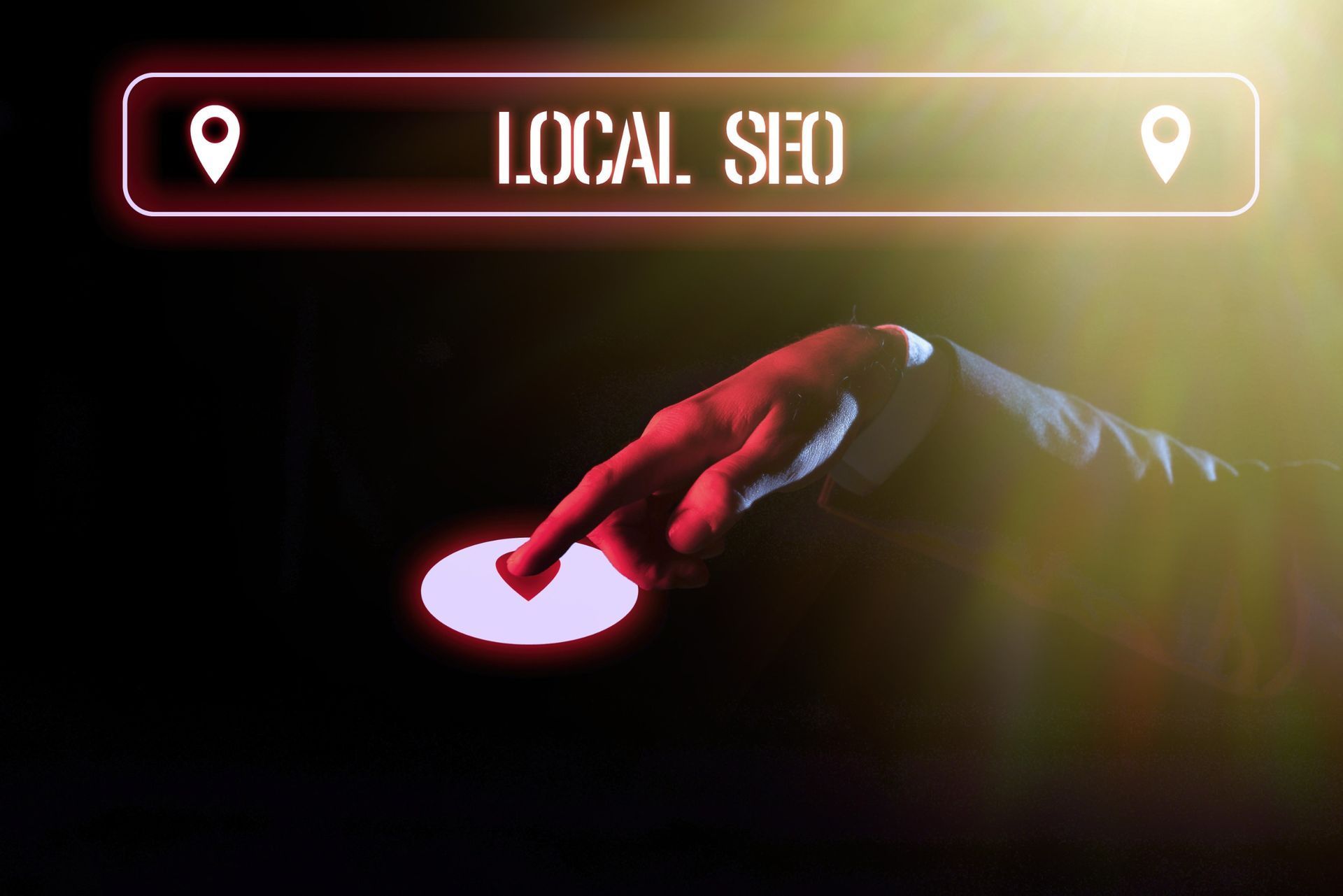Maximizing ROI: Strategies for Effective Paid Advertising Campaigns
October 26, 2023
In the competitive world of
digital marketing
, getting the most out of your advertising budget is more important than ever. Successful paid advertising campaigns can skyrocket your business's visibility and profits, but only if they are strategically planned and effectively managed. In this blog post, we will delve into the essentials of maximizing your Return on Investment (ROI) by discussing various strategies and best practices for executing effective paid advertising campaigns.
Whether you're a seasoned marketer or a small business owner this guide will arm you with the knowledge you need to make your ad spend count.
Whether you're a seasoned marketer or a small business owner this guide will arm you with the knowledge you need to make your ad spend count.
Understand Your Audience
Understanding your audience is the first step towards designing an effective ad campaign. This step requires you to research and identify the specific demographics, interests, and online behavior patterns of your potential customers. The insights you garner from this process will help you tailor your advertising efforts to reach your target audience more effectively.
- Demographics: These are the basic characteristics of your audience such as age, gender, location, income level, and education.
- Interests: This includes the hobbies, preferences, and activities that your audience is passionate about. It could be anything from sports and fitness to books and films.
- Online behavior: Understanding how your audience behaves online can help you decide on the most effective ad platforms and formats. Look into their social media usage, preferred websites, and online shopping behavior.
Set Clear Goals For Your Campaigns
Setting clear and measurable goals for your campaigns is another critical step in optimizing your ROI. Your goals will guide your campaign strategy and provide a benchmark for measuring your success. Goals should be specific: measurable: achievable: relevant: time-bound (SMART). Here are a few examples of SMART goals for your advertising campaigns:
- Increase Brand Awareness: You may aim to increase your brand's visibility among your target audience by a certain percentage within a specified time frame.
- Improve Website Traffic: This goal focuses on driving more visitors to your website. You could aim to increase your site's visits by a specific number or percentage within a set period.
- Boost Sales: If your ultimate objective is to increase sales, set a specific target for the number of products or services sold or the total revenue generated in a given time frame.
- Improve Engagement: This goal could involve increasing the number of likes, shares, comments, and overall interaction with your content on social media platforms.
Utilize Automation and Segmentation
The power of automation and segmentation lies in its ability to deliver personalized content to your target audience at the right time and place. Here's how you can effectively utilize these tools:
- Automation: Streamline your advertising campaigns using automation tools. These tools can automatically manage repetitive tasks such as scheduling social media posts or sending emails, saving you valuable time and ensuring consistency in your marketing efforts.
- Segmentation: Divide your audience into distinct groups based on their demographics, behaviors, or interests. By doing so, you can create tailored advertising content that speaks directly to each segment's needs and wants, leading to higher engagement rates and conversions.
- Retargeting: Use retargeting strategies to re-engage users who have shown interest in your product or service but have not taken the desired action. This involves showing them personalized ads based on their previous interactions with your brand.
- A/B Testing: Run A/B tests to determine which version of your ad performs better. This involves changing one element of your ad (such as the headline, image, or call-to-action) and comparing the results to find out which version resonates more with your audience.
Leverage Multiple Platforms for Maximum Reach
Expanding your campaign across multiple platforms is an effective way to maximize your reach and engagement. Each platform offers unique features and appeals to different audience segments. By leveraging these platforms, you can ensure your message connects with a diverse audience and broadens your brand visibility. Here are some platforms you might consider:
Remember, the key to a successful multi-platform strategy is understanding how your audience uses each platform and tailoring your approach accordingly.
- Google Ads: Google's advertising network allows you to display ads on Google's search results, its partner websites and within its mobile apps. It's ideal for businesses looking to reach a wide audience and offers features like keyword targeting and location-based targeting.
- Facebook Ads: With over 2.8 billion active users, Facebook provides a massive potential audience. Its powerful targeting options enable you to reach your audience based on demographics, behaviors, and interests.
- Instagram Ads: Instagram is an excellent platform for businesses that rely heavily on visuals. It's particularly popular with younger audiences and offers the option to advertise within Stories, feed posts, and the Explore page.
- LinkedIn Ads: If you're a B2B business, LinkedIn could be the perfect platform for your ads. You can target professionals based on their industry, job title, and more.
- Twitter Ads: Twitter is great for real-time engagement. Its ad options include promoted tweets, accounts, and trends.
- Pinterest Ads: If your target audience is predominantly female and your product is visually appealing, Pinterest might be an excellent platform for your ads. Promoted pins can be targeted based on interests, keywords, and demographics.
Remember, the key to a successful multi-platform strategy is understanding how your audience uses each platform and tailoring your approach accordingly.
Analyze Data to Improve Performance
Analyzing your campaign data is crucial to understand how your efforts are paying off and where there are areas for improvement. This can lead to more strategic decision-making, ensuring that your advertising budget is being used efficiently. There are several key metrics that you should focus on when analyzing your campaign data:
By monitoring these metrics, you can identify the strengths and weaknesses in your campaigns and make necessary adjustments to maximize your ROI.
- Click-Through Rate (CTR): This measures the percentage of people who clicked on your ad after seeing it. A high CTR indicates that your ad is relevant and engaging to your target audience.
- Conversion Rate: This is the percentage of people who took the desired action after clicking on your ad, such as making a purchase or signing up for a newsletter. A high conversion rate signifies that your ad effectively persuades users to take action.
- Cost Per Click (CPC): This measures how much you pay each time someone clicks on your ad. A lower CPC means that you are getting more value for your advertising spend.
- Return on Ad Spend (ROAS): This is the amount of revenue generated for every dollar spent on advertising. A high ROAS indicates that your advertising campaign is profitable.
- Bounce Rate: This is the percentage of people who visit your site and then leave without viewing any other pages. A lower bounce rate means that visitors find your site engaging and are spending more time exploring it.
By monitoring these metrics, you can identify the strengths and weaknesses in your campaigns and make necessary adjustments to maximize your ROI.
About Us
At
Meridian Pursuit
, we don't just provide services to our clients, we work with them! When you choose us for your precious business, we offer you a partnership. We have a team of experienced and trusted
digital marketing professionals
to help you with the things you feel hesitant or unsure about. We understand the true power of storytelling and how a great brand story can differentiate your business from the hundreds of others around.
Ready to take the next step on your storytelling journey?
Contact us at 813.693.1910 or write to info@meridianpursuit.com. We look forward to hearing from you!











